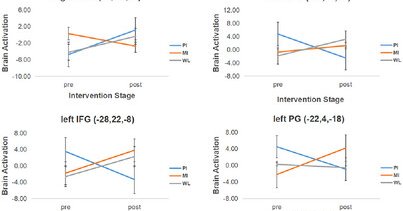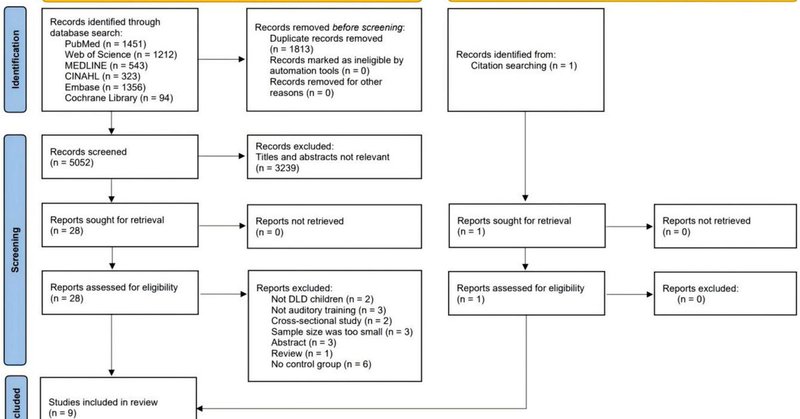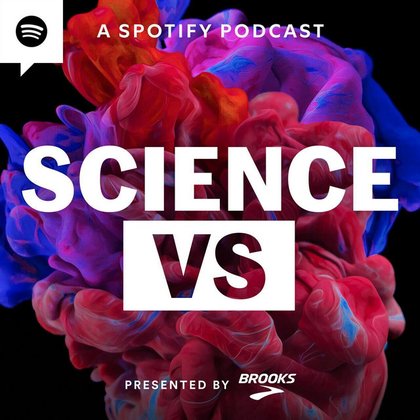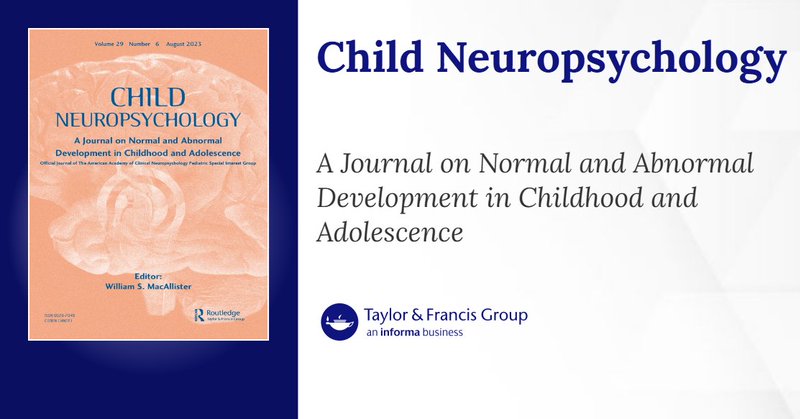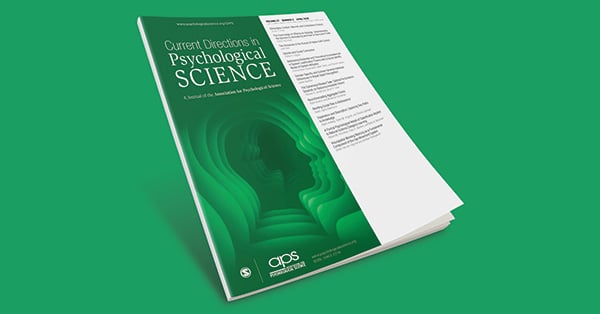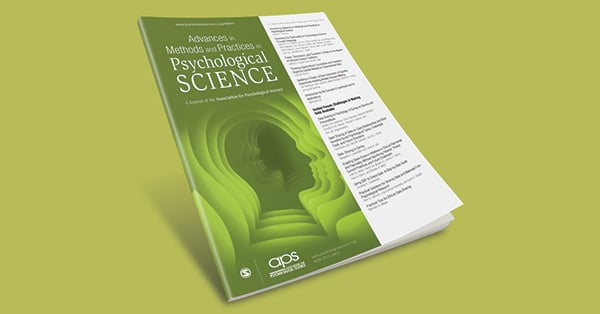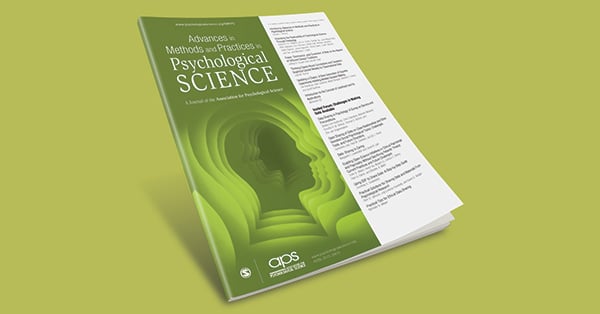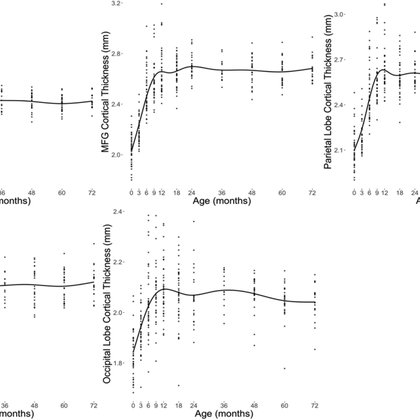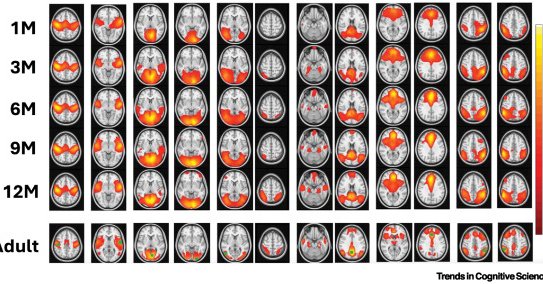
James Booth
@DrJamesBooth
Followers
6K
Following
8K
Media
621
Statuses
5K
Professor of Psychology at Vanderbilt University interested in educational and developmental cognitive neuroscience with a focus on language, reading and math.
Nashville, TN
Joined December 2017
Spoken Language Processing in Developmental Dyslexia – Beyond Phonology
frontiersin.org
Developmental dyslexia (DD) is a written language disorder that is also characterized by phonological processing deficits (Wagner et al., 1994). According to...
0
2
11
Stuttering Representation on X: A Detailed Analysis of Content, Sentiment, and Influences | American Journal of Speech-Language Pathology
pubs.asha.org
Background and Aims: Social media shapes public perceptions of various topics, including health conditions and communication challenges, such as ...
0
0
3
Clinical Application of Large Language Models for Intervention Plan Development in Speech-Language Pathology | American Journal of Speech-Language Pathology
pubs.asha.org
Purpose: This study investigates the speech and language intervention plan outputs generated by six different artificial intelligence (AI) tools ...
0
2
3
Brain Changes Following Two Reading Interventions in Chinese Children With Reading Disability - Feng - 2025 - Developmental Science - Wiley Online Library
onlinelibrary.wiley.com
Brain regions where there was an interaction between group and time in the AR task (A) and the VS task (B). L = left hemisphere, R = right hemisphere, MTG = Middle Temporal Gyrus, MFG = Middle...
0
4
18
Altered Morphological Characteristics Associated With Spatial Working Memory Performance in Children With ADHD
imrpress.com
Background: Spatial working memory (SWM) deficit is a common problem in attention deficit disorder with hyperactivity (ADHD), often correlating with the severity of ADHD symptoms and academic...
0
2
8
Full article: It’s not just what you do, but the way you do it: network meta-analysis of the effects of different exercise modalities on the executive function of children and adolescents
tandfonline.com
It is recommended that regular exercise be used to improve the executive function of children and adolescents, but the most effective type of exercise remains unclear. This study aimed to compare t...
0
2
7
Dyslexia and Anxiety: The Complex Relationship and Stress-Induced Symptoms
neurolaunch.com
Explore the link between dyslexia and anxiety, stress-induced symptoms, coping strategies, and support systems for affected individuals.
0
2
3
More Than Just a Phase: Adolescence as a Window Into How the Brain Generates Behavior - Catherine Insel, Alexandra O. Cohen, 2025
journals.sagepub.com
Adolescence is a dynamic period of brain development marked by profound changes in learning, decision-making, and higher order cognition. This article explores ...
0
3
9
The Design of Current Replication Studies: A Systematic Literature Review on the Variation of Study Characteristics - Jerome Hoffmann, Mathias Twardawski, Johanna M. Höhs, Anne Gast, Steffi Pohl, Marie-Ann Sengewald, 2025
journals.sagepub.com
In what aspects do replication studies differ from their primary studies? This question is central for providing insights into the reasons for the nonreplicabil...
0
1
5
Top journals historically tended to publish less robust results on average. Yet, this pattern has flipped in recent years.
journals.sagepub.com
A psychology article’s p values say a lot about how its studies were conducted and whether its results are likely to replicate. Examining p values across the en...
1
1
17
Longitudinal associations between birth-to-six cortical growth and childhood neurocognitive function | PNAS
pnas.org
The human cortex undergoes immense change in the first years of life, doubling in thickness within the first year and evidencing the greatest chang...
0
8
15
A hierarchical model of early brain functional network development: Trends in Cognitive Sciences
cell.com
Functional brain networks emerge prenatally, grow interactively during the first years of life, and optimize both within-network topology and between-network interactions as individuals age. This...
0
10
31




